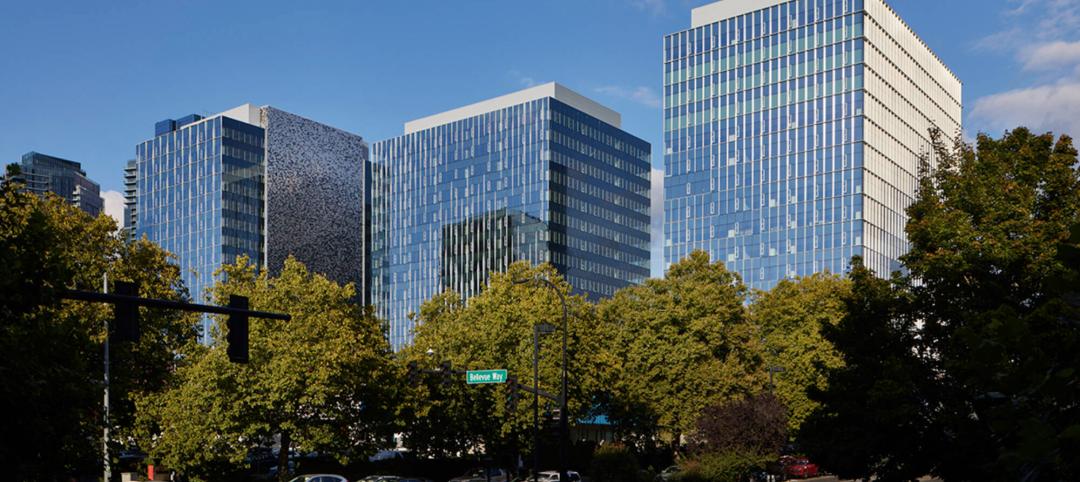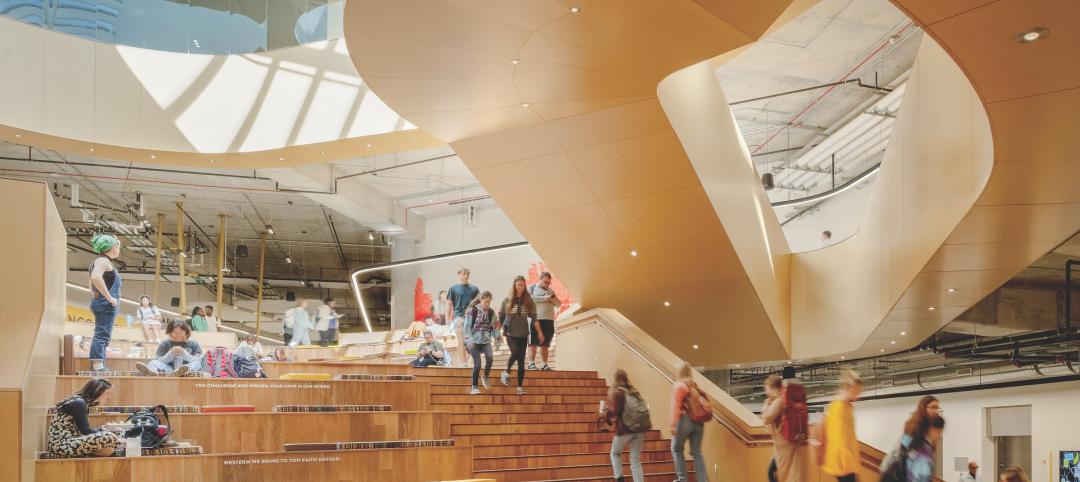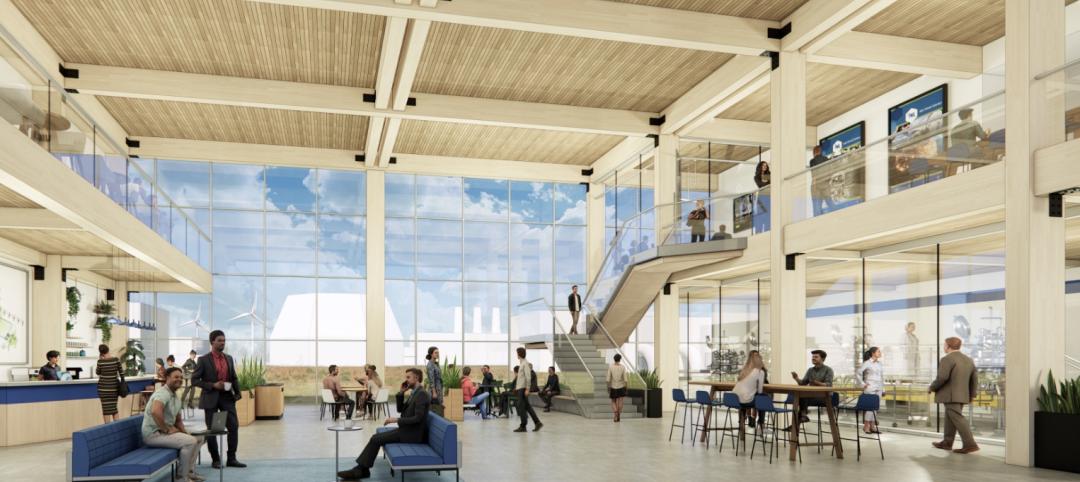International design and architecture firm Perkins Eastman and California-based firm Dougherty are pleased to announce the intent to merge their practices. The merger will significantly build upon the established practices—particularly K12 and higher education design—of both firms and diversify their combined expertise, particularly in California. The combined firm will total over 1000 employees, adding enhanced resources, client value, and opportunities for employees. The merger is planned to be effective May 1, 2018.
Erich Burkhart FAIA, Executive Director and Managing Principal of Perkins Eastman’s San Francisco office, says, “Perkins Eastman has had a longstanding commitment to expand on the West Coast. Dougherty’s respected and highly-regarded architectural design practice here in California naturally aligns with Perkins Eastman’s plan to diversify the firm’s expertise in the region, enhancing our client relationships, and providing growth opportunities for our valued employees.”
Betsey Olenick Dougherty FAIA, LEED AP, Dougherty’s founding principal, furthers: “The merger of Dougherty with Perkins Eastman represents the perfect alliance of a highly respected international design firm with a regional hands-on studio. Both firms share a common cultural commitment to personal service, quality, technology advancement, sustainability, and community-based quality of life projects.”
Both firms were founded with similar beliefs—that architecture can have a direct and positive impact on people’s lives, achieved through close collaboration with the client and community. In particular, the award-winning K-12 and higher education portfolios of both firms reflect a commitment to the planning and design of high-performance environments that enhance educational outcomes for students and function as the centers of their communities. The merger will strategically position the combined firm to better address the requirements—and opportunities—of 21st-century high-performance educational and other civic environments.
Related Stories
AEC Tech Innovation | Oct 8, 2024
New ABC technology report examines how AI can enhance efficiency, innovation
The latest annual technology report from Associated Builders and Contractors delves into how artificial intelligence can enhance efficiency and innovation in the construction sector. The report includes a resource guide, a case study, insight papers, and an essay concerning applied uses for AI planning, development, and execution.
Healthcare Facilities | Oct 8, 2024
Herzog & de Meuron completes Switzerland’s largest children’s hospital
The new University Children’s Hospital Zurich features 114 rooftop patient rooms designed like wooden cottages with their own roofs. The project also includes a research and teaching facility.
Mixed-Use | Oct 7, 2024
New mixed-use tower by Studio Gang completes first phase of San Francisco waterfront redevelopment
Construction was recently completed on Verde, a new mixed-use tower along the San Francisco waterfront, marking the end of the first phase of the Mission Rock development. Verde is the fourth and final building of phase one of the 28-acre project that will be constructed in several phases guided by design principles developed by a design cohort led by Studio Gang.
Brick and Masonry | Oct 7, 2024
A journey through masonry reclad litigation
This blog post by Walter P Moore's Mallory Buckley, RRO, PE, BECxP + CxA+BE, and Bob Hancock, MBA, JD, of Munsch Hardt Kopf & Harr PC, explains the importance of documentation, correspondence between parties, and supporting the claims for a Plaintiff-party, while facilitating continuous use of the facility, on construction litigation projects.
Glass and Glazing | Oct 7, 2024
Pattern language: An exploration of digital printing on architectural glazing
Architectural Glazing has long been an important expressive tool which, when selected and detailed thoughtfully, can contribute to the successful transformation of architectural concepts to reality.
University Buildings | Oct 4, 2024
Renovations are raising higher education campuses to modern standards
AEC higher ed Giants report working on a variety of building types, from performing arts centers and libraries to business schools. Hybrid learning is seemingly here to stay. And where possible, these projects address wellness and mental health concerns.
AEC Tech | Oct 3, 2024
4 ways AI impacts building design beyond dramatic imagery
Kristen Forward, Design Technology Futures Leader, NBBJ, shows four ways the firm is using AI to generate value for its clients.
Laboratories | Oct 2, 2024
Trends in scientific research environments: Q&A with Flad's Matt McCord
As part of an ongoing series, Matt McCord, AIA, NCARB, LEED AP BD+C, Associate Principal with Flad Architects, discusses the future of the scientific workplace.
Museums | Oct 1, 2024
UT Dallas opens Morphosis-designed Crow Museum of Asian Art
In Richardson, Tex., the University of Texas at Dallas has opened a second location for the Crow Museum of Asian Art—the first of multiple buildings that will be part of a 12-acre cultural district. When completed, the arts and performance complex, called the Edith and Peter O’Donnell Jr. Athenaeum, will include two museums, a performance hall and music building, a grand plaza, and a dedicated parking structure on the Richardson campus.
Data Centers | Oct 1, 2024
10 biggest impacts to the data center market in 2024–2025
While AI sends the data center market into the stratosphere, the sector’s accelerated growth remains impacted by speed-to-market demands, supply chain issues, and design innovation necessities.

















